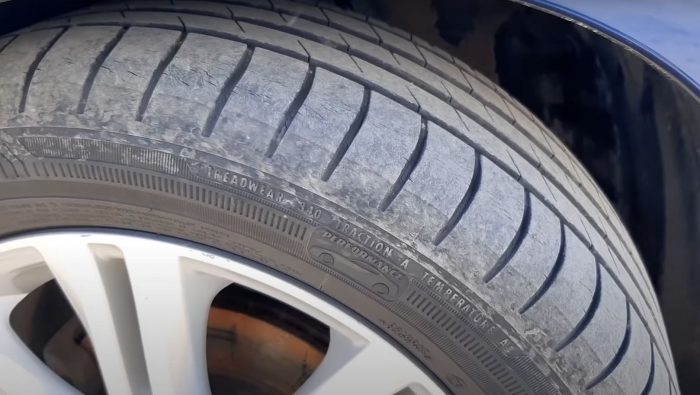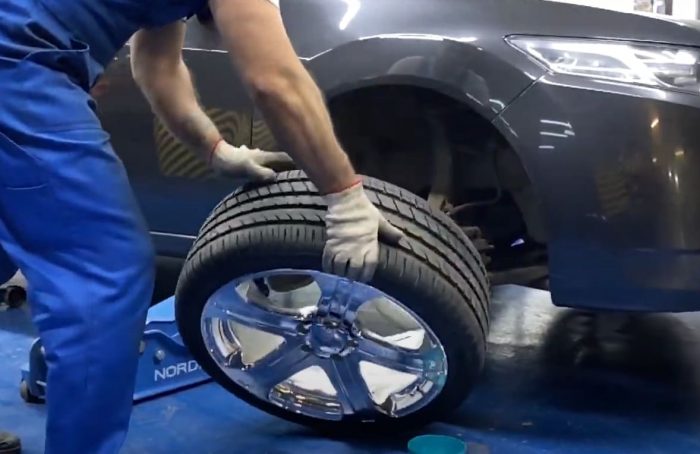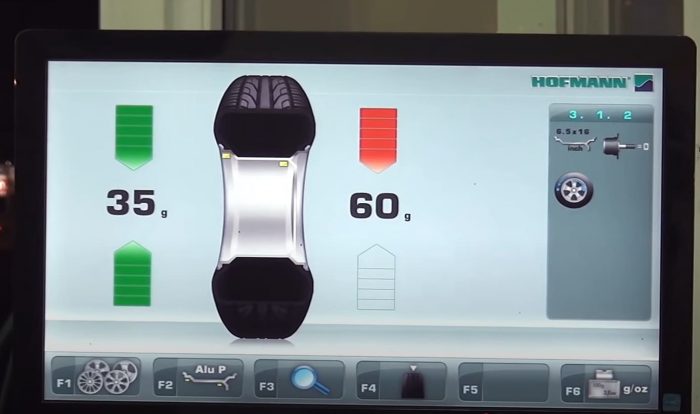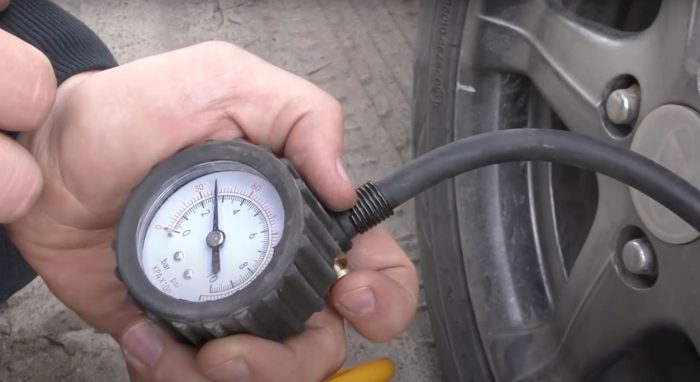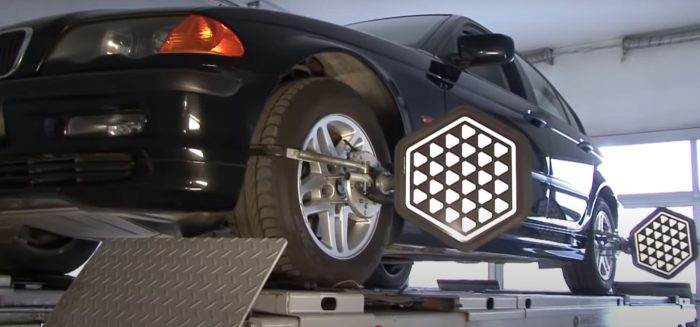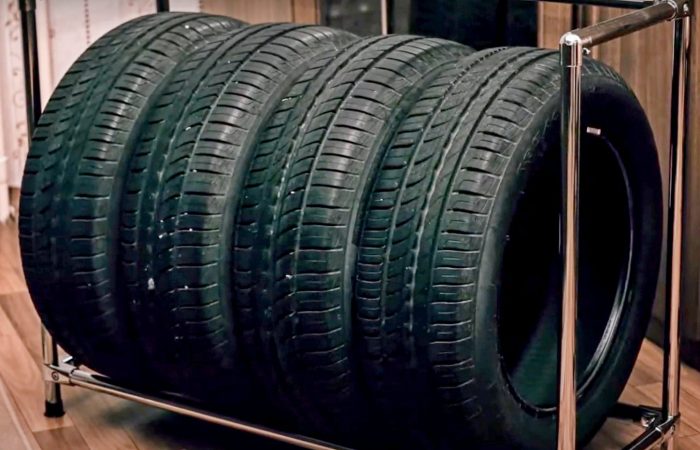You’re probably familiar with the situation where the same tire lasts different amounts of time for different car owners – there are times when someone’s tire lasts almost twice as long as yours. What’s the secret? And is it possible to learn how to “save money” when it comes to car tire life? The answer to the last question is yes. As for the first question, in our article today we will take a step-by-step look at all the factors that affect tire life, and what you need to do to make your tires last as long as possible.
To begin, let’s briefly identify the main couples Kira sees on the lifespan of car tires. As a rule of thumb, these are:
- сhoosing the right size,
- driving style,
- the conditions of use,
- storage conditions,
- care.
So, let’s start with the main thing. Namely, with the choice and purchase of tires. The first thing you should think about when choosing tires for your car is the correspondence of the load index of tires to the weight of the car on which they are going to be used. This is where you should not follow your intuition, or even the seller’s advice, but rather stick to the factory size with the appropriate load index so as not to choose the wrong size tire with a lower load capacity, which will wear out faster.
The tire load index is printed on the tire sidewall at the end of the size range. This is a numerical value corresponding to the load capacity per wheel in kilograms. Compare this value with the weight of the car indicated in the technical certificate of your car, and take into account the loads to which you subject it. If the figure is less – look for another option.
Don’t be frightened by unnecessary figures, because today everything is boring but simplified: all world tire manufacturers adhere to the single standard of load for each standard size, so you only need to install the size, which is recommended by the manufacturer. The main thing is to pay attention to it.
However, even here there can be a little confusing because today some manufacturers offer two different sizes for the same type of car. The main difference here may be the tire height and load capacity. Where the figure is higher, the tires will wear longer, but their operation will entail additional fuel consumption. So, this is solely the user’s choice.
The next important aspect is the installation of the tires. The wheels on the car must be mounted in accordance with the marks. To check this, look at the sidewall of the wheel already mounted on the car: directional tires should have the arrow and the inscription “rotation” facing forward and asymmetric tires should have the inscription “outside”. If you see “inside” on the outside, then the tires are not assembled correctly.
If the tires are assembled backward, they are subjected to additional stresses, which affects durability and fuel consumption. Judge for yourself: most asymmetric tires have a special rib on the outside blocks of tread that supports them and provides stability in turns, while the blocks in the inner part of the tread do not have such a rib, in turns they will be exposed to more loads and will wear out faster.
So, the ideal tires for your car are chosen and properly installed. Now we should think about the operation. There are quite a few nuances, which are worth paying attention to, and we will talk about each of them in detail.
1. Change the summer tires for winter, and vice versa, on time.
Changing your tires on time not only affects your safety on the road but also significantly extends your lifespan. The fact is that summer and winter tires have a different composition of the rubber mixture, so winter tires get hotter and wear out more quickly in warm weather, and vice versa, the summer rubber at subzero temperatures loses elasticity, and therefore the quality of performance characteristics.
2. Perform wheel rotation, i.e. change their places.
The tires on the drive axle, especially in front-wheel drive cars, wear out faster, as they are subjected to additional load when turning the steering wheel. That’s why specialists recommend rotating the tires at least every time you change them, and even better, do it every 5 thousand kilometers.
3. Perform wheel balancing.
As with tire rotation, it is recommended that you balance your tires every 3,000 to 5,000 miles. This balancing aligns the center of mass of the wheel with its geometric center, and therefore contributes to uniform wear, and affects driving comfort. Uneven tire wear can cause the car to vibrate and the steering wheel to wobble at speeds above 100 km/h.
4. Control the tire pressure.
Uneven tire wear is primarily influenced by pressure, so it’s no exaggeration to say that tire pressure is one of the most important parameters that affect tire life. Low pressure reduces the tire’s resistance to impact on potholes and curbs, and also erodes the edges, while excessive pressure affects the central part of the tire.
It is recommended to check the tire pressure at least once a month, or better yet, at every fueling, which is easy to do at each station.
5. Check the camber regularly.
Although you don’t need to check the camber as often as you do the balancing or even the wheel rotation, it’s still worth remembering, because the suspension must be in good condition and the wheels must turn evenly and at the right angles, because this is the secret to even wear and steering accuracy.
If you feel that the car moves sideways, or if you notice that one side of the tire is wearing more than the other, you should go to the service station and make adjustments.
6. Have your tires repaired in time.
Do not let the situation get out of hand and drive on half-deflated tires because you risk permanent damage to the tire. If you notice that the pressure in the tire drops from time to time, or if you notice a nail or other object in the tire – go immediately to the service station and repair the damaged tire. Even a few meters on a flat tire can cause complete damage.
And to conclude the section on operation, let’s note that driving style also has a very strong influence on tire wear. With aggressive driving, driving at high speeds and on bad roads, abrupt starts and emergency braking tires wear out faster. So if safety is not very important to you, think at least about the economy.
In addition to this machine, operation, and the manner of driving, another important factor that sees in the durability of tires is storage. Properly preparing your tires for storage and where and how you store them is also important.
When storing tires
Before storing tires it is advisable to clean them of sand, dirt, and large stones, but not to overdo it and not damage the rubber. So it is better not to touch small stones clogged in the lamellae. The best way to clean the tires is with a soft brush and a weak solution of any detergent. When cleaning, be careful not to get any water in, as this could damage the tubeless layer. It is not advisable to treat tires with substances containing alcohol or petroleum products.
As for packing tires, polyethylene bags or film are the best way to do this.
Once you have cleaned and packaged your tires, it’s time to think about where best to store them. Store your tires in a cool place, away from heat sources and direct sunlight, as this can contribute to the loss of elasticity of the rubber. The place where the tires will be stored should be clean and free of grease, oil, gasoline, and other such substances.
The position of the wheels is also important. It is advisable to store assembled wheels on rims inflated in a hanging position or stacked one on top of the other. Tires without rims should be stored upright.
As you can see, there is nothing particularly complicated about using your tires correctly. Following these simple rules will ensure that your tires last as long as possible, and consequently save you a lot of time, nerves, and money.
For your convenience, let’s summarize all the factors that contribute to prolonging the life of car tires:
- Choose tires according to the factory recommendation for size and load index.
- Choose tires that match the width of the rim.
- Choose tires according to your driving style.
- Replace winter wheels with summer wheels in good time, and vice versa.
- Rotate your tires every time you change a tire.
- Check the balance of your tires every 5,000 miles.
- Adjust tire pressure at least once a month.
- Repair wheels in time, do not ignore foreign objects in rubber.
- Check the wheel alignment.
- Clean tires before storing them.
- Store tires in a cool place, away from heat sources and without direct sunlight.

